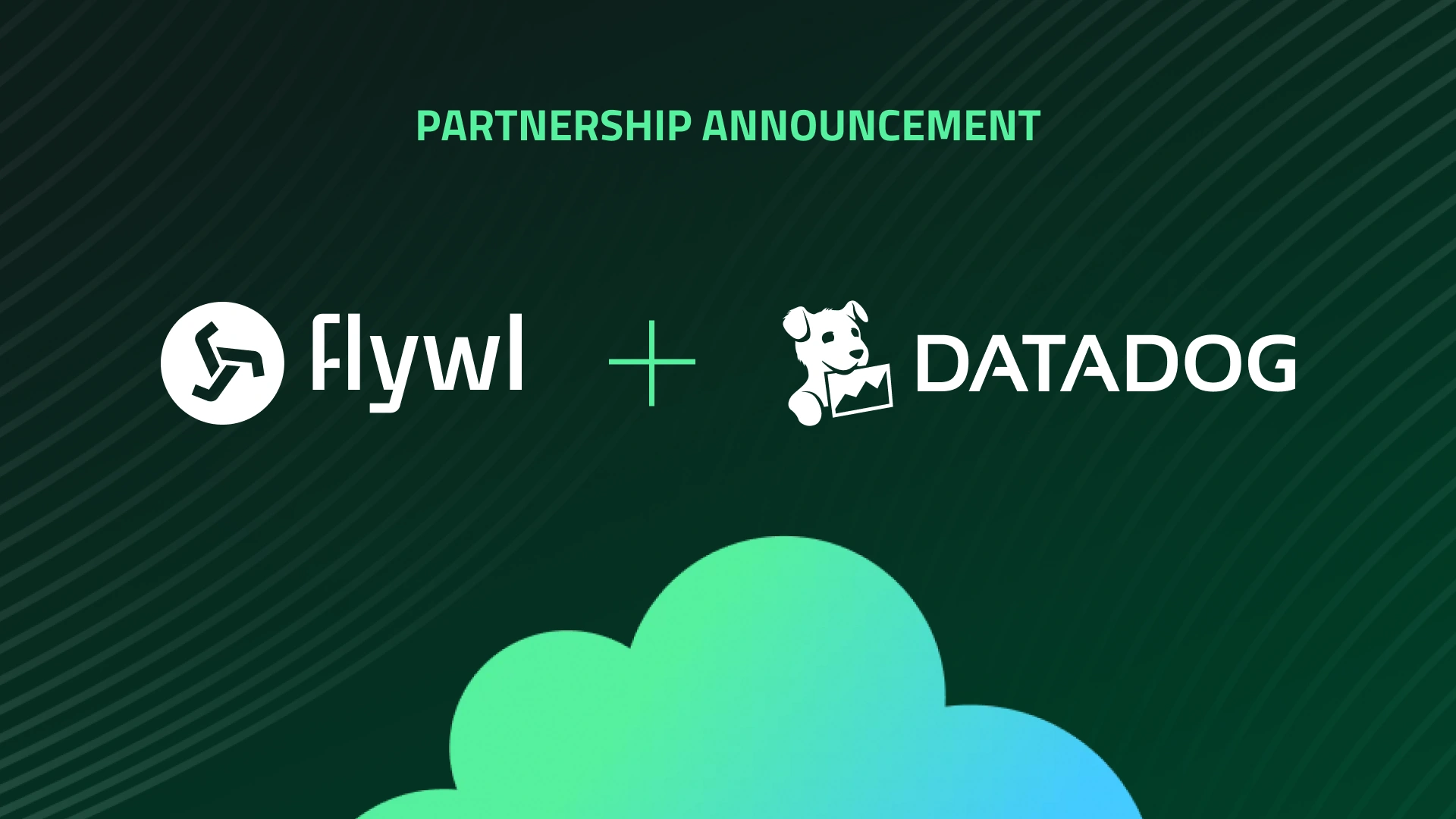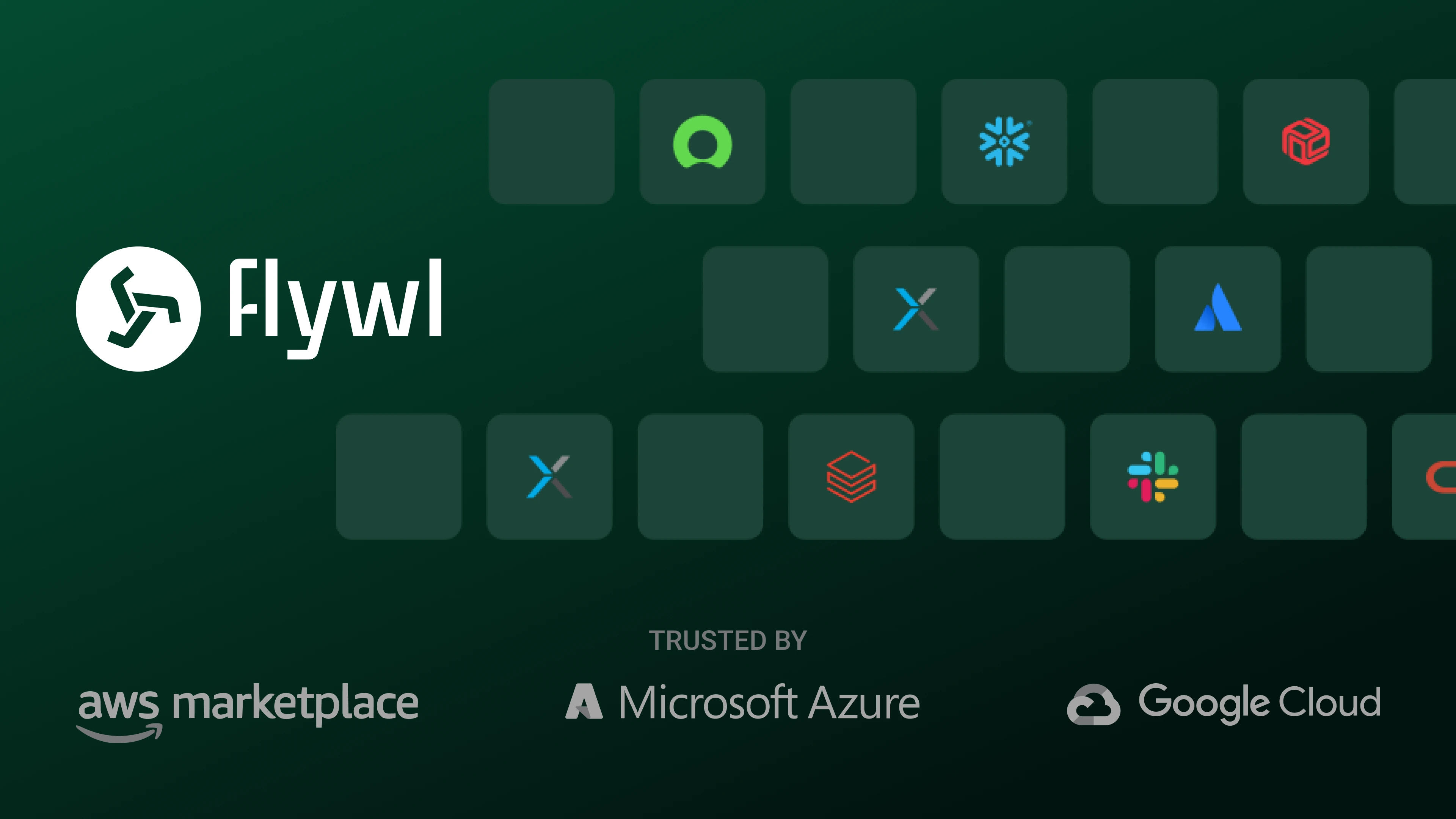
Maximize Your Cloud Commit: Understand the new ‘Deployed on AWS’ policy

Strategic technology purchasing decisions have gotten trickier, yet in the age of cloud, AI, and ever-expanding tech needs, managing operating expenditures smartly is more important than ever.
When you’re buying SaaS solutions, you want to fully utilize and optimize your AWS cloud commit to get the most out of your benefits.
Technology innovators selling SaaS solutions on AWS Marketplace want to maximize opportunities to enter into and improve customers’ tech stacks.
On either side, the May 1, 2025, policy update that launched the “Deployed on AWS” badge means a slightly different – and improved – experience on the cloud marketplace.

So what does the new badge mean – and why did AWS make the change?
For everyone’s benefit, as explained by Arun Saksena, Global Lead at AWS Marketplace, “The main reason for this policy change was to provide more selection and choice.”
Still, procurement, technology, and engineering teams might be wondering: “Will my AWS spend still count?”
Head to Flywl’s on-demand webinar with AWS Global Lead Arun Saksena to watch the conversation unfold, or check out the recap that follows.
What changed in the new AWS Marketplace policy?
Originally announced in December 2024 and effective on May 1, 2025, the new policy means any SaaS vendor can now list on AWS Marketplace, regardless of hosting environment. The “Deployed on AWS” tag is a way to clarify which ones are hosted on Amazon Web Services (AWS). Only solutions that are fully deployed on AWS qualify for benefits.
“Customers told us that they want to centralize software procurement using AWS Marketplace,” Saksena says. “We did not want a limited selection to be a barrier to adoption and centralization.”
Many solutions providers are already bringing more offerings to the platform. Software vendors still have to adhere to AWS Marketplace seller guidelines, Saksena assures, but can now bring non-AWS-hosted products to the AWS Marketplace alongside those that are hosted on AWS.
While this opens the market door to abundant solutions not entirely hosted on AWS – sometimes, the control or APIs run on other clouds – many vendors are also choosing to migrate all of their technology to AWS in order to get the badge and benefits. It’s a win-win for buyers.
The “Deployed on AWS” tag is applied on a product level, not by vendor. While non-AWS-hosted products can now show up alongside those “Deployed on AWS,” only those 100% hosted on AWS qualify for benefits. This also includes AWS GovCloud-hosted options.
May 1 wasn’t a cutoff — it was just the beginning. As Saksena shared, AWS is still reviewing thousands of product listings, prioritizing those most important to buyers. Sellers can submit product architectures at any time to be considered for the “Deployed on AWS” designation. This makes the Marketplace increasingly dynamic and transparent over time.
What the policy change means to commit, visibility, and spend strategy
Buyers using AWS Marketplace now have broader visibility across solutions and spend, processing procurement through the trusted marketplace even if a specific product isn’t hosted on AWS.
“They can transact it really fast,” says Saksena, referring to non-AWS-hosted products now joining the marketplace. “Folks are now actually able to make those selections very quickly and engage.”
Fast is good – fast and precise is better. Ankur Srivastava, Founder and CEO of Flywl, asks the all-important question: “Procurement teams and CFOs trying to identify which SaaS vendors qualify – is there an easy way to verify this, or do teams need to check each vendor individually?”
“If a listing meets the criteria for 100% on AWS, then you’ll see a tag which says, ‘Deployed on AWS,’” Saksena explains. “This [tag] is not on a vendor level, this is at a product level. A vendor may have multiple product listings on AWS Marketplace, but only a subset of those listings may meet the criteria.”
CFOs and procurement directors focused on leveraging AWS Marketplace benefits can look specifically for those products badged “Deployed on AWS.”
For buyers with AWS enterprise discount plans (EDPs), commit utilization means ensuring software purchases count toward pre-agreed spend thresholds, helping avoid overages and maximize ROI.
Soon, teams will be able to filter and report on only those benefit-eligible products, making the experience even smoother.
Many of these buyers know that if a solution is built on AWS, it can be easier and more efficient to bring it onto their tech stacks.
Yet those same buyers can also now discover and compare SaaS solutions outside AWS cloud hosting, maximizing their opportunity to find exactly the right tech, at the right price, for their specific use cases and team needs.
“We have a rich and ever-expanding catalog, and now we’ve opened up the catalog to products that may not be hosted on AWS,” Saksena says. “We’re providing that choice and selection.”
Marketplace accelerates and enhances procurement, “Deployed on AWS” or not
Crucially, “Those [non-AWS] solutions are still transactable,” Srivastana says. “Whether you got the badge or not, you are still adhering to a faster procurement process.”
Speed isn’t the only concern, though.
“I always talk about Marketplace as a management and governance service,” says Saksena.
The decision to open up selection to non-AWS solutions is about more than just additional choices, but to further streamline procurement, contracting, governance, visibility, and spend management.
Saksena explains that many procurement leaders expressed how much it means to them to, “have the ability to create a well-governed, well-managed, well-architected software supply chain on the basis of AWS Marketplace.”
Use Flywl Compass to see what qualifies under the new policy
Flywl helps software buyers drive even more efficiency and clarity in their AWS Marketplace journeys.
“We’re working to really streamline that discovery process and that engagement process,” says Srivastava. “If you think about the journey – the buyer journey and the seller journey – they’re very aligned. Identification, demo, pilot, InfoSec, legal, procurement, deployment, and renewal are very well-managed on a Marketplace or Flywl dynamic.”
Whether a product carries the “Deployed on AWS” badge or not, AWS Marketplace’s possible cost savings, timeline accelerations, and governance and compliance capabilities are still beneficial to the buyer.
“The Compass platform is really helping customers optimize their spend on software,” Saksena says. “We’re absolutely delighted to be working with Flywl.”
“We all have one single goal,” adds Srivastava. “Make the buyer successful and be at the heart of innovation.”
What buyers need to do now
The new policy gives software buyers more opportunity to leverage the procurement streamlining effects of AWS Marketplace. It expands opportunities to leverage platforms like Flywl and unifies procurement visibility.
Existing contracts with non-AWS solutions don’t have to change.
“We’re not coming in the way of direct relationships you [already] have with your software vendors and resellers,” Saksena clarifies. But AWS Marketplace is, “providing flexibility and lots of options.”
Buyers may or may not be using AWS Marketplace already. Since there’s no additional service charge to use the marketplace, adding non-AWS-hosted solutions simply gives many buyers a way to discover additional solutions and integrate them into their AWS Marketplace procurement process.
If they’re not yet using AWS Marketplace, they can now start leveraging the benefits even if they don’t choose “Deployed on AWS” products.
Saksena makes a valid point: “You’re going to procure software with or without Marketplace, right?”
“If this is something new, or you are somewhat hesitant, run a POC or pilot of two to three subscriptions or private offers, just to get a feel for the service,” he says.
He recommends a phased approach for those getting to know AWS Marketplace.
“Once you learn about Marketplace, how self-service subscriptions work, how private offers work, you can move on to more advanced capabilities like standard contracts.”
How are sellers responding?
As mentioned above, many software vendors are enacting renewed efforts to bring their tech entirely onto AWS. Consolidating and integrating to a single leading cloud provider has many benefits, from efficiency to cost. AWS is supporting these vendors with map credits, system integration firm referrals, and other resources to make the shift even more appealing.
“AWS Marketplace also has many server products listed on the catalog,” Saksena adds. These may be based on Amazon machine images, have a cloud formation template, be Sagemaker models, or be containerized products running on ECS or EKS. Aside from EKS Anywhere products, which can be deployed on AWS or on-premises, all server software products are badged as “Deployed on AWS,” since they are deployed by the customer in an AWS account.
Data products from AWS Data Exchange, which are hosted in S3 environments, are also badged as “Deployed on AWS.”
For sellers leveraging AWS Marketplace, Srivastave explains, “there's definitely an acceleration on your top line revenue as well.”
Any software vendor can submit product details and architecture to AWS Marketplace through the management portal for consideration in the “Deployed on AWS” category. May 1, 2025, is not a deadline, but a date when this change takes effect. New solutions can and will be vetted and added on an ongoing basis.
Embracing the “Deployed on AWS” policy in your strategy
“This policy change does not slow down anything,” Srivastava emphasizes. “You can actually turn this into a competitive advantage for your business by making more informed and strategic purchasing decisions.”
To optimize your AWS Marketplace cloud procurement strategy and journey, get started with Flywl – the first cloud meta-marketplace – as a buyer or as a seller.


